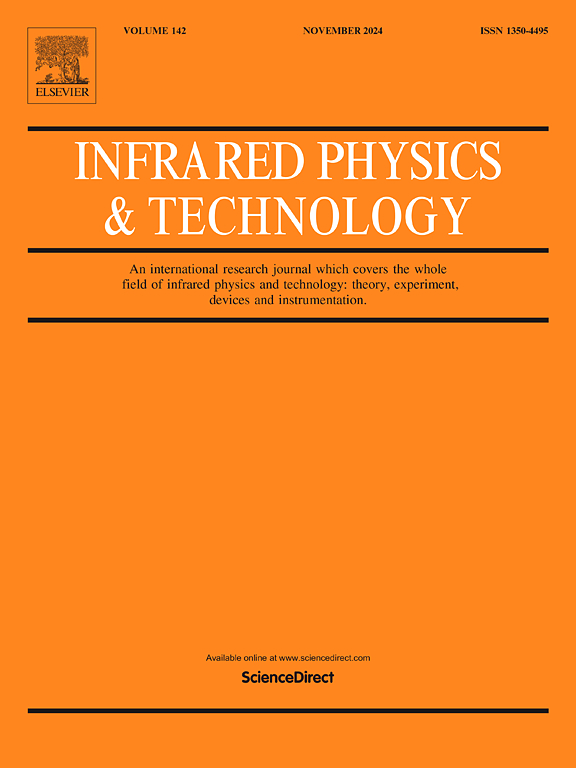Complementary infrared imaging methods for the structural and technical analysis of a panel painting: Adoration of the Magi by Marco Cardisco
IF 3.1
3区 物理与天体物理
Q2 INSTRUMENTS & INSTRUMENTATION
引用次数: 0
Abstract
Today, digital imaging techniques are extensively used as non-invasive tools for studying and analyzing artworks in the field of cultural heritage These methods provide critical structural information that supports conservation efforts or the development of the most appropriate restoration strategies. Among the case studies, the analysis of panel paintings represents a challenging task, requiring the use of suitable and complementary diagnostic approaches to achieve a comprehensive understanding of the artwork’s condition and its technical characteristics. Imaging techniques operating in the infrared spectrum are reliable, non-invasive, and non-contact methods for performing in situ analyses of artworks. In this study, we examined a 16th-century panel painting by Marco Cardisco, titled Adoration of the Magi, using both infrared reflectography (IRR) and active thermography (AT) techniques. For the AT approach, we applied a low-power pulsed thermal stimulation and analyzed the acquired thermal images in both spatial and temporal domains by combining the results achieved through Principal Component Thermography (PCT) and Thermal Recovery Trend (TRT) methods. The data collected from the two infrared imaging techniques, IRR and AT, were compared and evaluated across different areas of the painting, discussing and demonstrating their complementarity. This combined approach provided valuable insights into the technical and structural features of the artwork, thereby enhancing our understanding of its condition and state of conservation.
求助全文
约1分钟内获得全文
求助全文
来源期刊
CiteScore
5.70
自引率
12.10%
发文量
400
审稿时长
67 days
期刊介绍:
The Journal covers the entire field of infrared physics and technology: theory, experiment, application, devices and instrumentation. Infrared'' is defined as covering the near, mid and far infrared (terahertz) regions from 0.75um (750nm) to 1mm (300GHz.) Submissions in the 300GHz to 100GHz region may be accepted at the editors discretion if their content is relevant to shorter wavelengths. Submissions must be primarily concerned with and directly relevant to this spectral region.
Its core topics can be summarized as the generation, propagation and detection, of infrared radiation; the associated optics, materials and devices; and its use in all fields of science, industry, engineering and medicine.
Infrared techniques occur in many different fields, notably spectroscopy and interferometry; material characterization and processing; atmospheric physics, astronomy and space research. Scientific aspects include lasers, quantum optics, quantum electronics, image processing and semiconductor physics. Some important applications are medical diagnostics and treatment, industrial inspection and environmental monitoring.

 求助内容:
求助内容: 应助结果提醒方式:
应助结果提醒方式:


